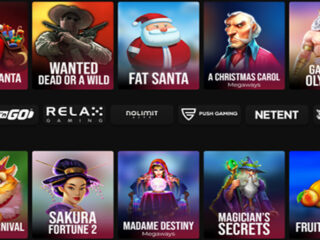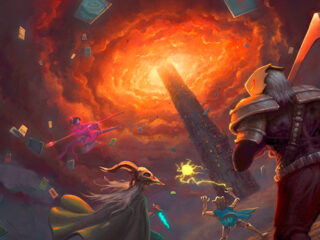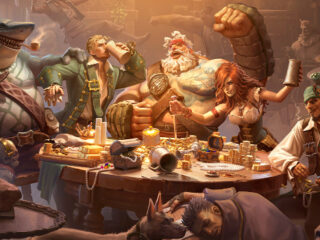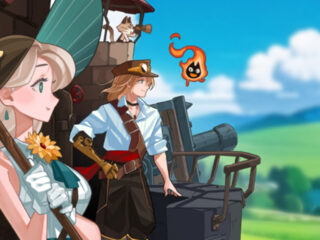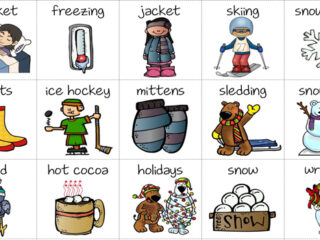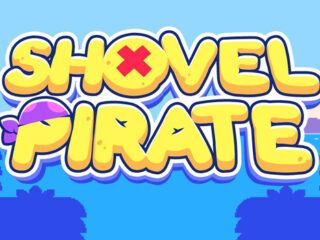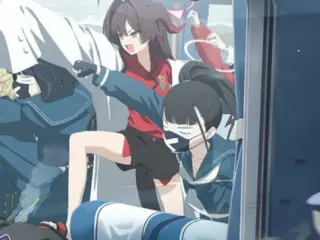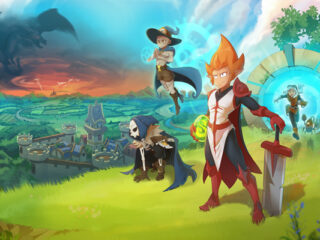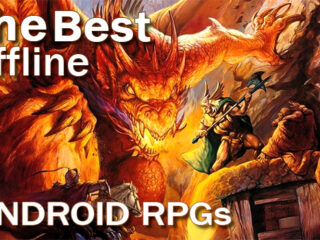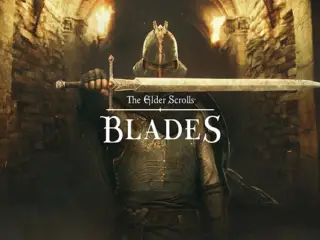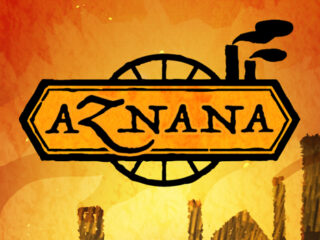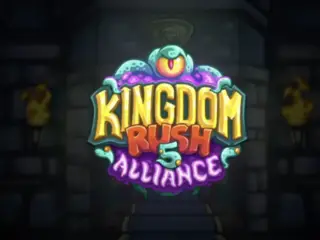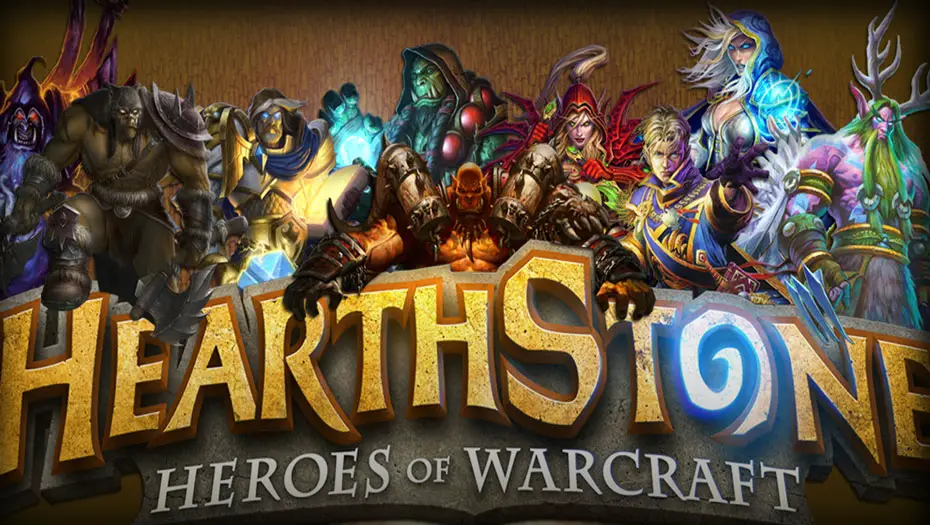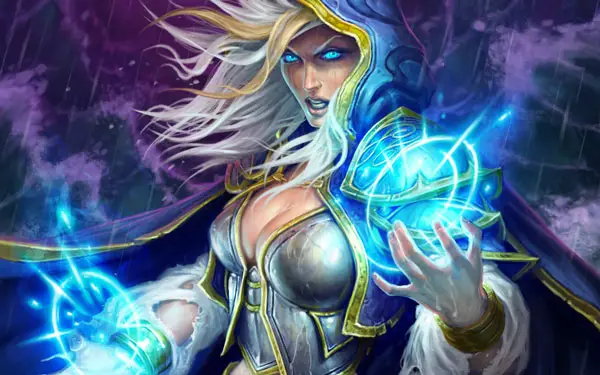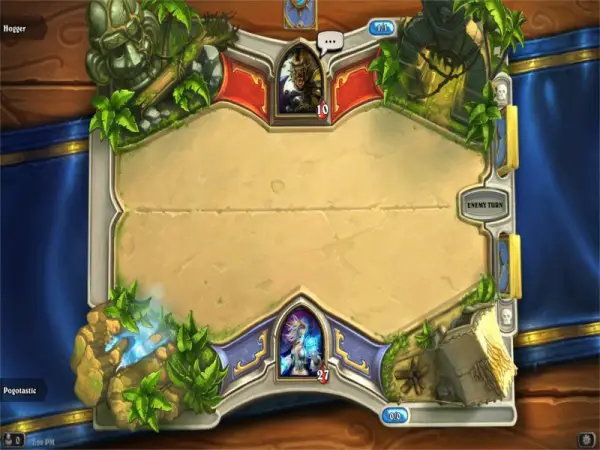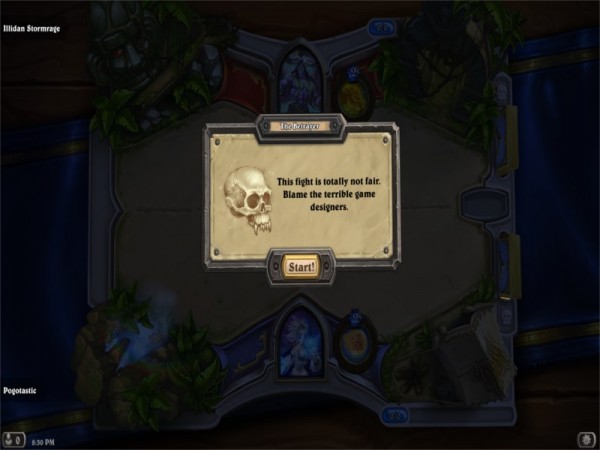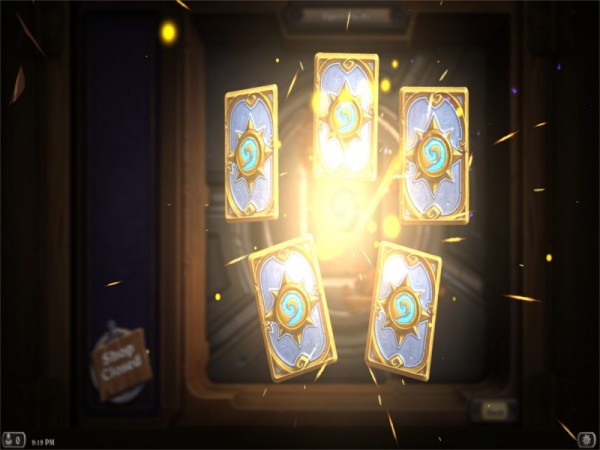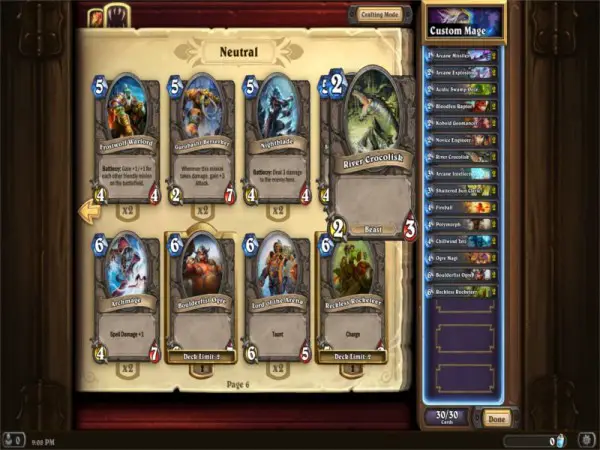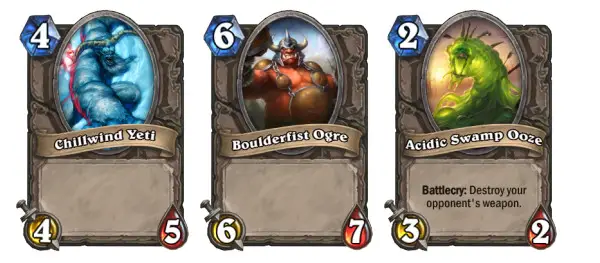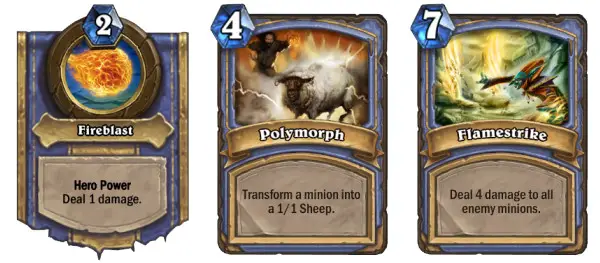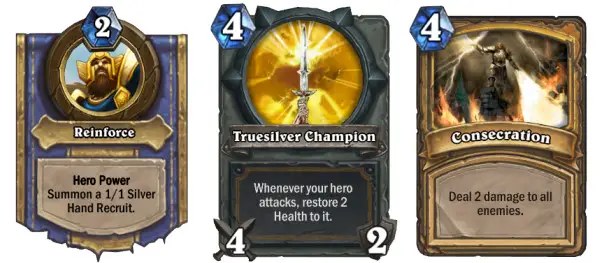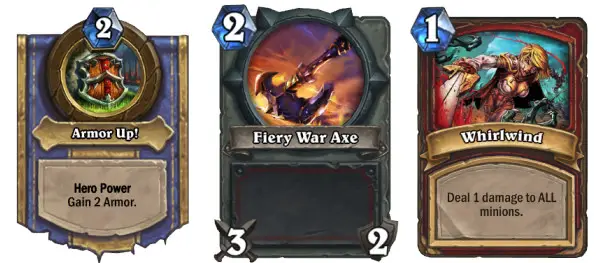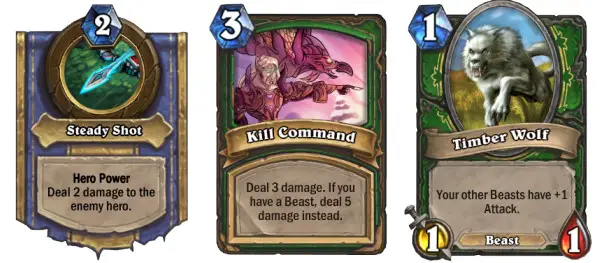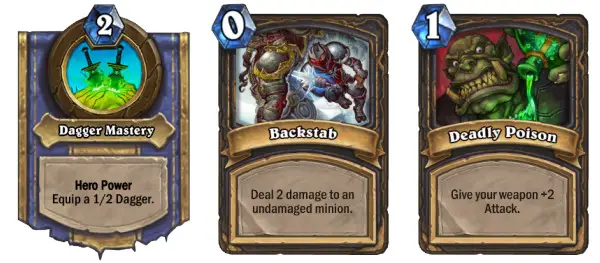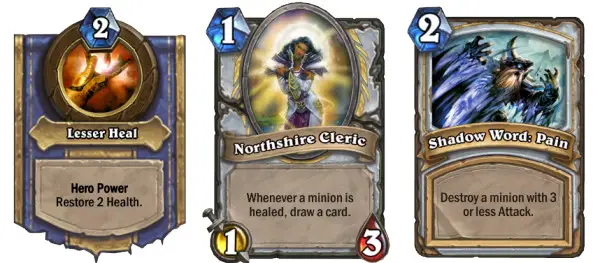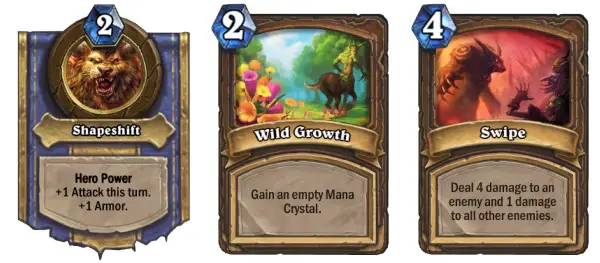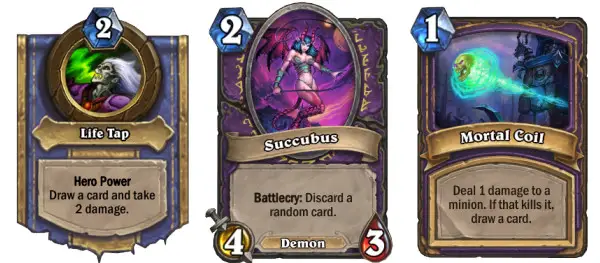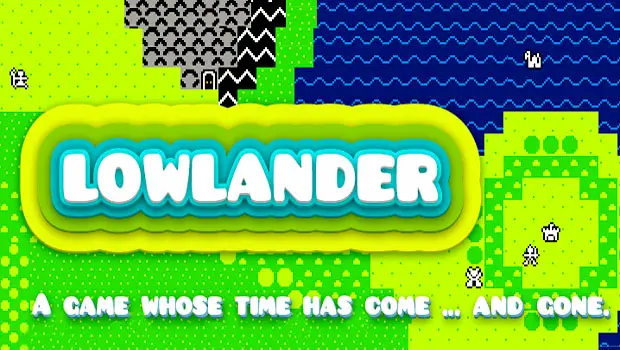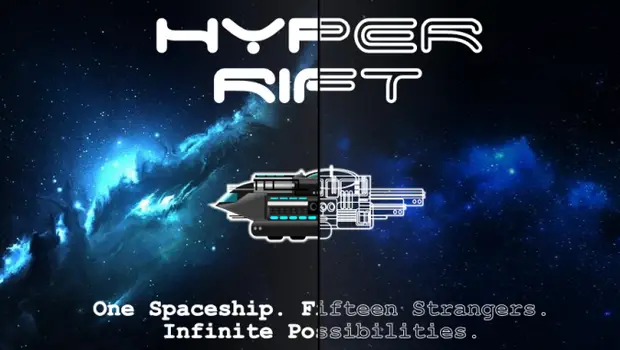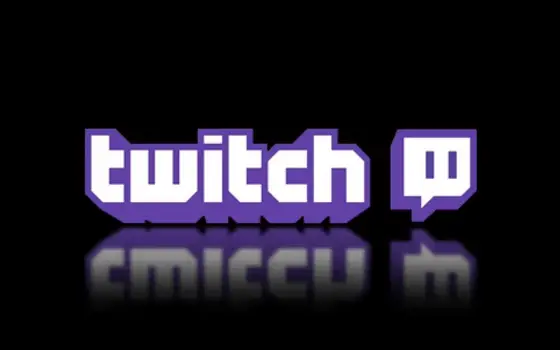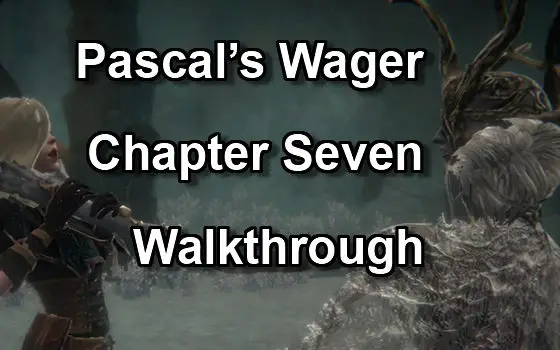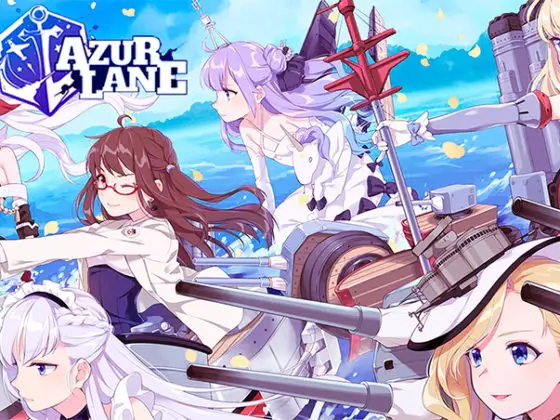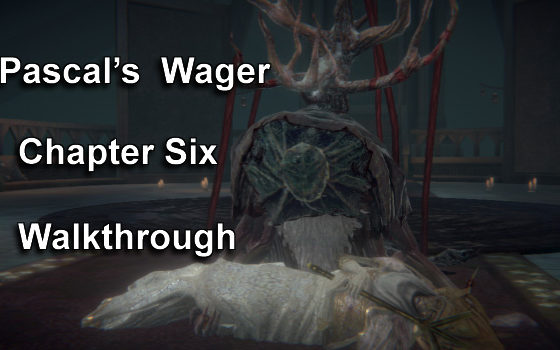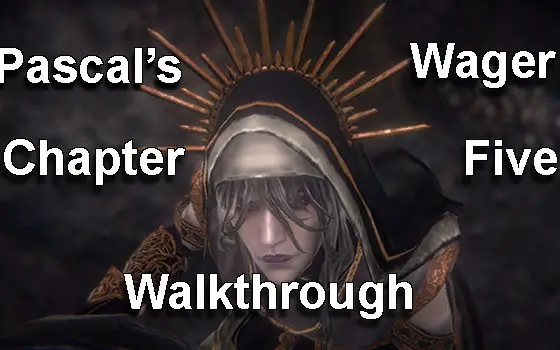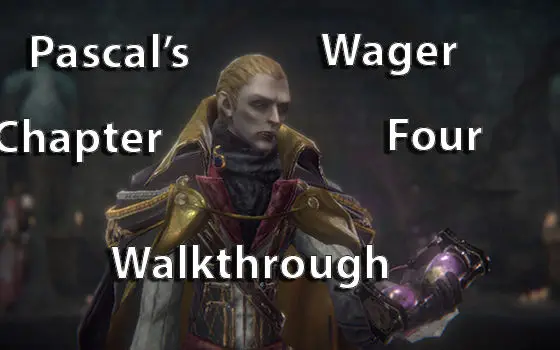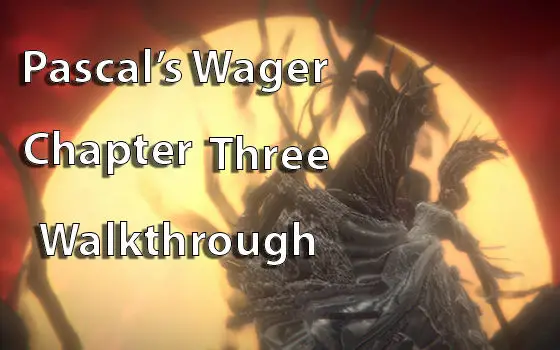Unless you’ve been living under a WiFi-blocking rock for the past year, you’ve heard of Hearthstone: Heroes of Warcraft. Blizzard’s latest title to hit the market, this online Collectible Card Game is crazy fun, dangerously addictive and a defining example of the current freemium model that’s plaguing mobile gaming today. Don’t be fooled by it being free to download; chances are you’ll spend more on this game than the price of any Triple-A blockbuster. It’s simply that good. However before you do that, before you do anything, you need to get to grips with the game. If you aren’t a Magic: The Gathering player or similar, it can be a little overwhelming understanding everything first time around. That’s where this guide comes in. We will be going through the game’s introduction, basic card mechanics, an overview of the classes and how to build solid basic decks without spending a cent. So without further ado, let’s jump into the game with a new account and get started.
The Tutorial
When you start up Hearthstone with a brand new account, the first thing you have to do is go through the tutorial. This is composed of six battles against six different A.I characters, each designed to teach you a little more about the game’s mechanics. It’s a very tutorial, although boring as hell more than one time around. Being a video game journalist isn’t all fun and games. Oh wait, yes it is.
Throughout this tutorial you will play the mage class, represented by Jaina Proudmoore. Long term players of the Warcraft series will be flooded with familiar faces through the classes and cards and it’s a really nice nostalgia hit to play as Jaina versus Thrall the Shaman or Uther Lightbringer the Paladin. It’s like a Blizzard high school reunion. Newcomers to Blizzard games don’t need to worry though; all the lore is irrelevant to the game completely so you don’t need to know who anybody is to really enjoy this game.
The first five matches should provide no challenge at all to even the most basic of players as everything is spelled out to you, with a new mechanic being introduced one by one as you defeat your opponents. Don’t bother taking out the opponent’s minions in these fights, just keep smacking them in the face and you won’t go far wrong at all. Even against King Mukala with his really scary minion (you’ll know it when he plays it), just play a taunt minion or two and then ignore it. Aside from that, try not to let the infuriating gnome’s voice put you off the game and keep one other thing in mind: if you click repeatedly on the firewood in the bottom right corner, it’ll catch fire. This is the most vitally important lesson one can learn in Hearthstone. Trust me, I’m on the internet.
The final fight against Illidan Stormrage is a definite step up in difficulty, but the same method used against the others can be used here. Keep attacking him, only target one of his minions if it’s being a real pain. Play some taunts and don’t forget your Hero Power can be used for more damage when you have nothing better to play.
Card Packs and the Arena
You are given a free card pack when you play your first game in play mode. When you open a card pack, you gain five expert cards. The term expert is used to differentiate them from basic cards, which are cards that can be acquired for free by levelling up each of the classes. The cards come in several different rarities, which can be told apart by the jewel in the centre of the cards. The rarities are as follows: basic (no gem), common (silver gem), rare (blue gem), epic (purple gem) and legendary (golden gem). Each pack is guaranteed to have one rare or better. Aside from that anything could happen. Rumour has it the day someone gets 5 legendary cards in one pack is the day the apocalypse will begin. That’s a pretty tough break for whoever did it, because they’ll only get a few games in with their shiny new cards before their horrible demise. Although you get one free card pack when you create a new account, I’d recommend not opening it until you have a bit of experience with the basic cards, as by then you’ll know better what to do with your expert cards.
You also receive a free go in the Arena with your account (once you unlock all 9 classes), but again I’d stay away until you know a bit more about the game. The Arena has you build a deck from thirty choices of three random cards, something which is obviously better done when you have more experience with the game.
Constructing your First Deck
Now when constructing your first basic deck, there are several things to keep in mind. First you need to pick which class you want to play with. At first you only have the Mage available, but by defeating the other classes in solo adventure mode you can unlock everyone else. Second, when you play with a class at first, you will only have 10 out of 20 of the basic cards for that class unlocked. By playing games with that class you’ll level up and unlock the rest of the basic cards, giving you a much better set of tools to work with and more understanding of how that class plays. Below is a basic overview of all nine classes so you can figure out which one would suit you best. Don’t just play with one class however, definitely try several out as you’ll be surprised which plays styles you enjoy the most.
When you’ve chosen your class, you should try and construct a deck that will have options during every stage of the game. This concept of a Mana Curve is very important. The type of curve you craft dictates the play style of your deck. If you have a huge amount of 1, 2 and 3 mana cards then you will have made a cheap rush deck that will need to do damage early on. If you have a lot of 6, 7 and 8+ cards then you’re going to have a very slow deck that only really comes to life late game. You should aim for a balanced curve when starting out, with both minions and spells aplenty, giving you flexibility and balance.
When crafting your deck, you have two sets of cards available to you. These are your class- specific cards and the neutral cards available to all classes. Don’t overload on class- specific cards; a bunch of nifty spells are no use to you if you’ve no minions to place on the board. Above are three of the most useful neutral basic cards. The reason they’re useful is simple- they’re good value for their mana. The Chillwind Yeti is a very powerful 4 mana minion, as its 5 health makes it difficult for the opponent to deal with in his next turn. Similarly the Boulderfist Ogre’s 7 health makes it an impressive turn 6 drop for your opponent to counter. This concept of card value is important for beginners to learn; if you can force your opponent to use two cards to get rid of one of yours, then you’re at an advantage as they’ll have less cards in their hand compared to you in later turns, giving them less options. Finally, Acidic Swamp Ooze is a very solid 2 mana card that can really mess up a Warrior or Paladin by destroying their weapon.
The last point to make about deck construction- generally if you like a card enough to include it in your deck, then you should include it twice, which is the maximum allowed of each card. If you have a card in your deck it’s because you want to draw it and having two doubles your chances of this. In Hearthstone, redundancy means consistency. To sum up: have a balanced mana curve, plenty of minions, a selection of class specific cards and some spells to deal with difficult situations. Building decks is one of the best parts of any CCG and Hearthstone is no different. Experiment and build loads and loads.
Basic Overview of the 9 Classes.
Mage:
There’s a reason they start you off with mage; it’s a very fun to play, versatile class that can wreck face with a multitude of spells. Its Hero Power, Fireblast, is extremely useful as you can use it in so many ways- to ping off enemy minions left on 1 health, to ping your own minions with Enrage, to sneak past enemy taunt minions and kill their 1 health minion hiding behind it, or to finish your opponent off while you laugh maniacally. The class has very good board control, being able to hit enemy minions with Fireballs and Polymorphs and wipe out multiple minions late game with Flamestrike. Using these spells to crush whatever the opponent throws down, the mage can focus on dropping their own critters onto the field relatively unmolested. Over time you’ll (hopefully) end up with several strong minions like Water Elemental and Boulderfist Ogre smashing away at the opponent while you throw fire and ice at them too. However be wary of aggressive opponent decks as the Mage has very few healing options available to them. Try and keep your health above 15 if possible; a Fireball to the face looks flashy, but it may be better spent taking out your opponent’s buffed Chillwind Yeti who’s smacking you repeatedly.
Paladin:
If you’ve ever played a Paladin in World of Warcraft or Warcraft 3, you’re already familiar with how this class works. The Paladin focuses on healing, area of affect spells and buffs and can be very difficult to kill. The Hero Power, Reinforce, summons a 1/1 minion to the field. This isn’t the best power in the game, but it’s useful nonetheless, especially when you keep in mind all the potential buffs at your disposal. The paladin has two basic weapons, Light’s Justice which is a 1/4 and Truesilver Champion which is a 4/2 that restores two health to your hero. Like with all weapons, don’t waste them hitting the opponent- always try to use them to kill off enemy minions unless you can finish off the opponent so you get the most value out of them. If you’re summoning your Silver Hand Recruits and killing two or three minions per weapon, you’ll very quickly gain a card advantage. Then you can splatter the opponent while healing up. If things become overwhelming or you’re playing against an aggressive deck with lots of low- cost minions, then you can drop a Consecration to clear the board. It’s a grinding class that’s very fun to play and a nightmare to fight against when in capable hands.
Warrior:
Don’t be fooled by its Hero Power, Armor Up! (+2 armour), this is a very aggressive class. It’s not unusual for the Warrior to win matches on very low health themselves. Don’t be afraid to take minions out with your weapons, as Armor Up! Takes the sting out of any damage. With minions like Kor’Kron Elite who have 4/3 and charge, and weapons like Fiery War Axe and Arcanite Reaper, the Warrior can hit hard and fast. Cards like Cleave and Execute make for very easy minion removal, especially when coupled with Whirlwind. The key to playing Warrior successfully when you start out is knowing when to continue to clear the board and when to just go for the opponent’s face. The Warrior can deal huge bursts of surprise damage and you can complement this by adding charging creatures to your deck such as Bluegill Warriors and Wolf Riders. To sum up- stay armored, keep the pressure on the opponent and when the time comes, go for the throat. It’s also worth noting that the Warrior’s hero power makes it one of the best control classes in the game due to its ability to “over-heal” and gain life back in bunches, which when combined with the minion removal cards makes for a very strong end- game class if you choose to play it that way. So many choices!
Hunter:
The Hunter is a fun and aggressive class that’s surprisingly powerful at the basic level. It’s all about the Beast class; so many of the hunter cards synergize with beast minions so pack your deck full of them. Creatures like Bloodfen Raptor and Ironfur Grizzly become a lot more dangerous for no extra cost purely because of their classification. The Hero Power, Steady Shot, deals a straight 2 damage to the enemy hero and should tell you all you need to know about playing Hunter. Drop as many beasts as possible, trade efficiently, and keep control of the board with cards like Kill Command and Multi-Shot. Beasts Tundra Rhino (2/5 for 5 mana and all your beasts have charge) and powerful secret cards such as Explosive Trap and Freezing Trap give you a very powerful mid game to push forward and finish off the opponent before they really get going. Just remember that Tundra Rhino himself gains charge too!
Rogue:
The Rogue class is a deceiving,sneaky deck full of low cost spells and combinations. It performs best in the early stages of the game, as it can do so much more with 4 or 5 mana than any other deck can. 0 and 1 cost spells let you buff, stab and rush opponents. The idea at basic level is to rush the opponent and pressure them early game, weakening them to the point where in mid/late game you’ll be able to drop a minion like Boulderfist Ogre and finish them off. The Rogue really runs out of steam late game so it’s absolutely essential that you do the most you can with your early mana. The Hero Power, Dagger Mastery, equips your hero with a 1/2 weapon that can be used to pick off early minions so your creatures can focus on smacking the opponent’s face. In mid/late game, it can be combined with a deadly Poison (or two) to finish off the opponent. Save your Assassinates (5 mana to destroy a minion) for taunt creatures or really scary drops like Boulderfist Ogres etc. One of the harder classes to learn how to play effectively with, but very rewarding.
Priest:
The priest class can be devastatingly powerful when played right. The polar opposite of classes like the Rogue and the Hunter, the Priest is all about the mid and late game. The Hero Power, Lesser Heal, restores 2 health to your hero, one of your minions or even your opponent’s hero or minion if you so choose. The class relies on healing the way the Hunter class relies on beasts. Take the minion Northshire Cleric for example. You could drop this card turn one, use it next turn to take out the opponent’s 2/1 minion and then heal it back up to draw a card. You now have both board control and card advantage. Cards like Shadow Word: Pain and Holy Smite help you stop aggressive decks in their tracks while you slowly build up a powerful board full of minions that can be healed and buffed as you please. Boulderfist Ogres are scary enough as is, but when you drop a Divine Spirit on it and double its health, then it becomes a very serious threat. If the opponent makes a final push late game with their strongest minion, just use Mind Control and steal it from them. A very scary class, and not that difficult to learn at the basic level. Plus it is annoying as all seven circles of hell to play against.
Druid:
The Druid is very much a late game beast. The class has some of the best AOE (Area of Effect) cards in the game, such as Swipe and Starfall, which when coupled with The Hero Power Shapeshift, allow the Druid to shred any enemy minions played early and mid-game that might interfere with its plans. The card Wild Growth speeds up the process of getting to late game, which when coupled with Innervate (2 extra crystals for a turn) means you could drop a big minion very early on. Example: If you went second then you could Wild Growth on turn two and then on turn three Innervate and use the Coin to drop a Boulderfist Ogre. That’s very difficult for the opponent to deal with so early and all the while you’re approaching late game where you can dominate with minions like Ironbark Protector (8/8 with Taunt for 8 mana). The Druid’s main weakness is it has a difficult time dealing with very tough enemy minions; there’s no Assassinate or Execute or Polymorph, you have to grind them down the old fashioned way. A balanced class with answers to most situations, the Druid is a very solid class.
Warlock:
Be careful with Warlock, it isn’t really a beginner class. A lot of its synergy relies on expert cards and its Hero Power Life Tap lends itself to a risky play style full of calculated decisions. The Warlock class’ main strength is its ability to almost always have more cards in hand than the opponent. This strength allows for several different deck builds; from an aggressive “Zoo Warlcok”- styled deck full of hordes of cheap minions, to more control- styled decks focused on the endgame, known as “Handlock” decks. Card advantage means more options means better setups and more board control. The payoff is the amount of damage you’ll do to yourself in gaining that advantage, therefore it’s vital a Warlock player can capitalise on their stronger position. Warlock- specific minions tend to be very strong for their mana cost, but all carry bad side effect, such as the Succubus. This makes it even more important that when you place down minions you’re getting full value out of them. A good Warlock player will gather cards in early game, stay fairly quiet and then hit the opponent with an overwhelming couple of turns. There’s nothing better than winning a game your opponent believed they had in the bag, and Warlock allows you to do this.
Shaman:
The Shaman class uses hordes of buffed minions to completely overwhelm the opponent. Its Hero Power, Totemic Call, summons one of four random totem minions to the field. They are: a straight up 1/1, a 0/2 that heals 1 to all friendly minions at the end of your turn, a 0/2 with taunt and a 0/2 that gives you spell damage +1. All of these are very useful, especially when you add them to your horde of minions and/or buff them into a genuine threat. However you must always be aware of the random or RNG element here; you can’t rely on summoning any one token and so your battle plan must be flexible enough to accommodate this. Cards like Hex and Rockbiter Weapon (+3 attack for a friendly minion or your hero this turn) give the Shaman removal options and Bloodlust when played at the right time can be a game winner. The Shaman really comes to life mid- to late game with creatures such as Windspeaker and Fire Elemental sealing your opponent’s fate. A fun class to play, an interesting class to play, the Shaman is definitely worth checking out.
